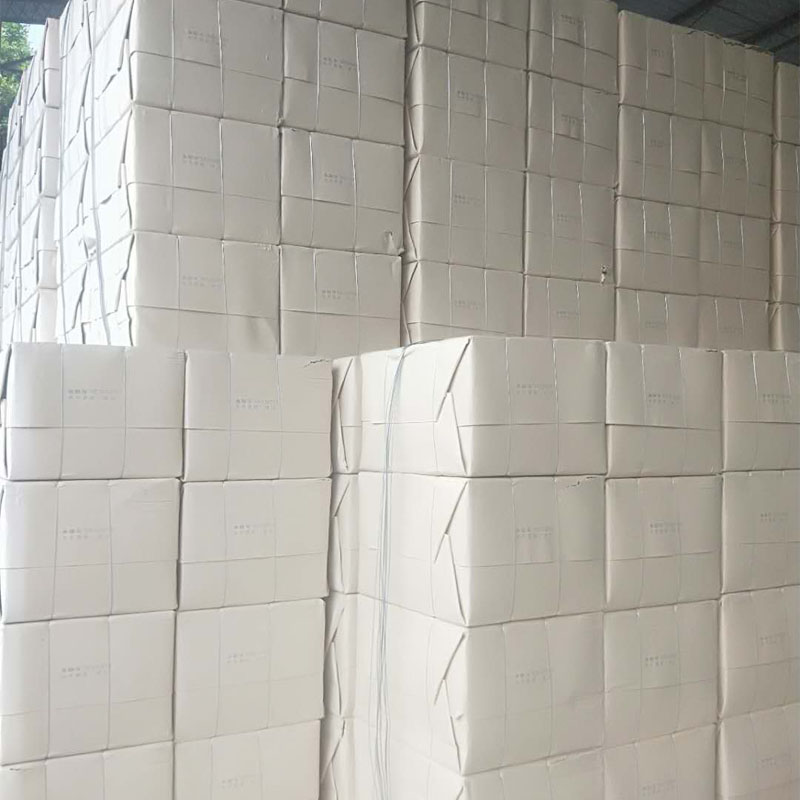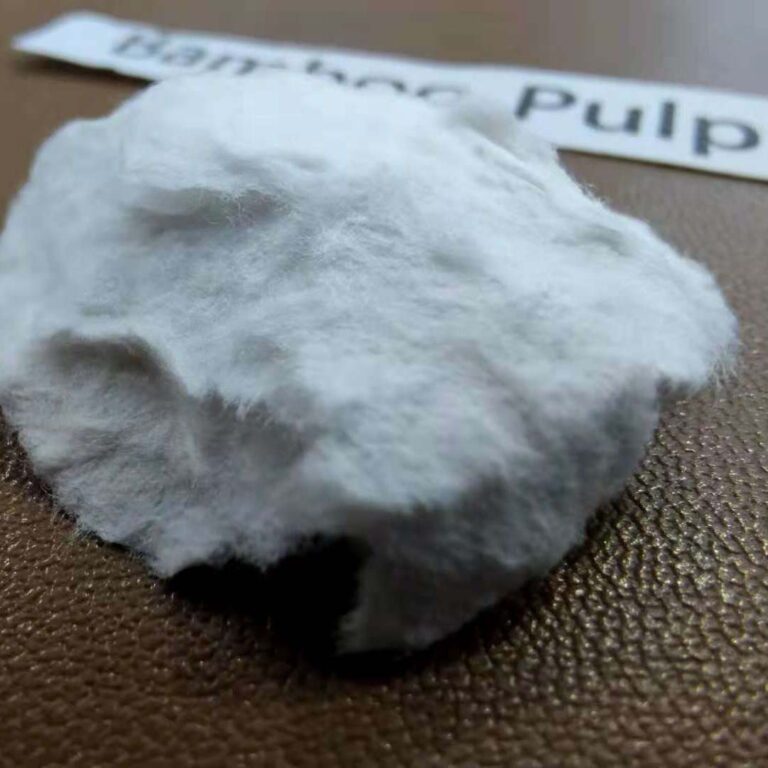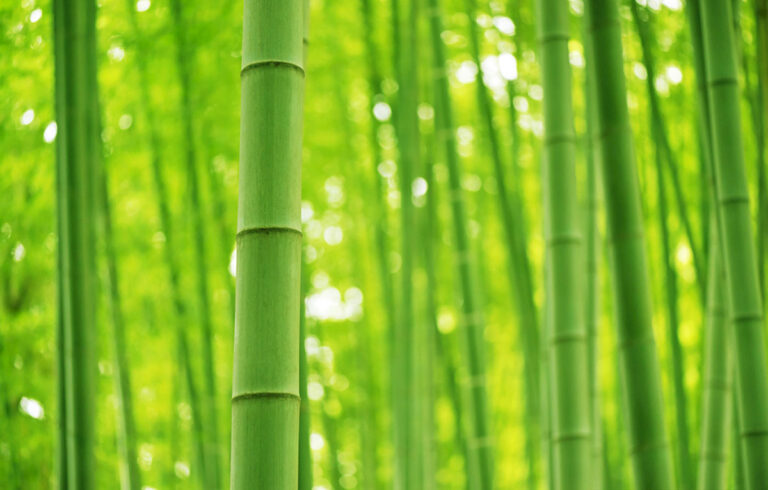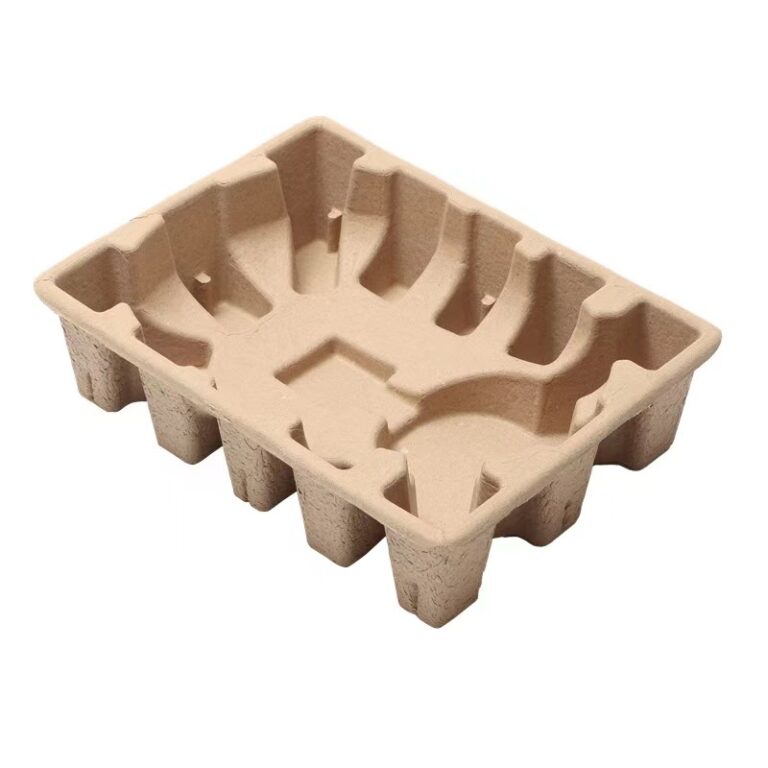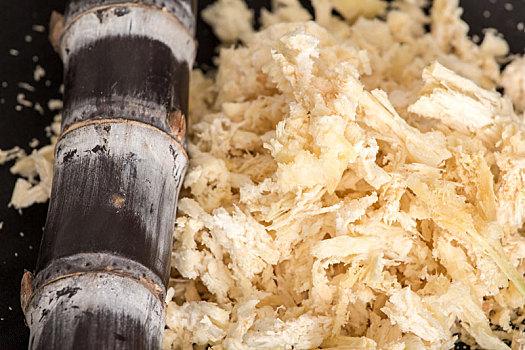What are the raw materials of paper pulp?
What are the raw materials of paper pulp?
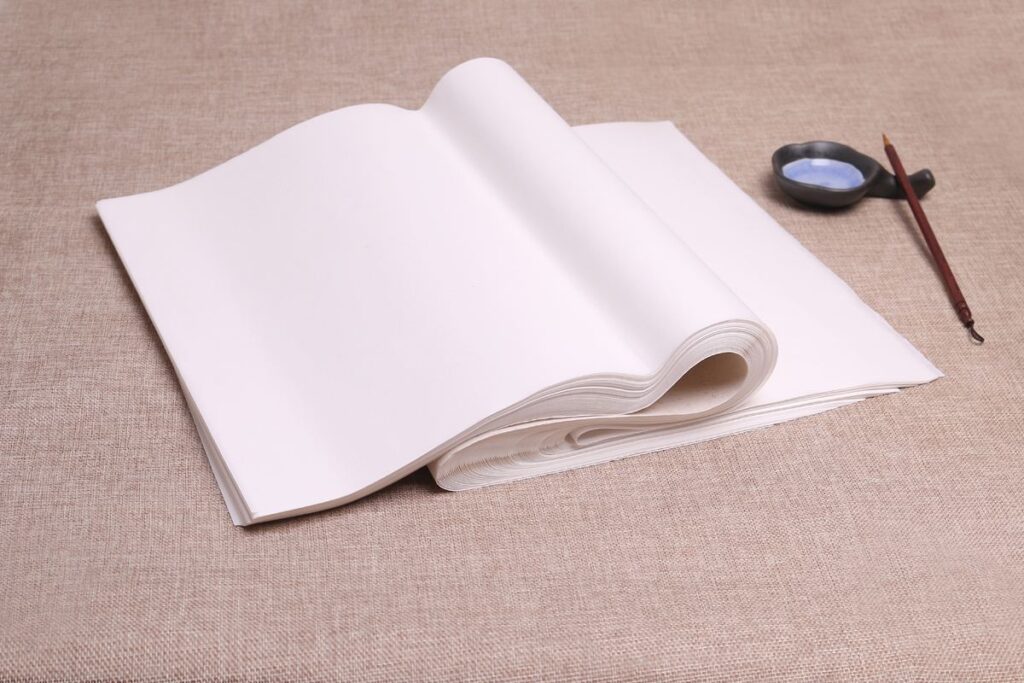
Paper pulp materials are the fundamental materials for producing paper, and their quality directly impacts the quality of the final product. These paper pulp materials are mainly divided into two categories: plant fibers and non-plant fibers. Different kinds of raw materials have their unique advantages and applicability for making different types of paper.
Non-plant fibers mainly include inorganic fibers, chemical fibers, metal fibers, and others. Currently, the papermaking industry primarily uses plant fibers, which can be used to produce various types of paper, including cultural paper, electrical industry paper, agricultural paper, and construction paper. Additionally, pulp can be processed to produce rayon, guncotton, smokeless powder, plastics, spray paint, emulsions, adhesives, and more.
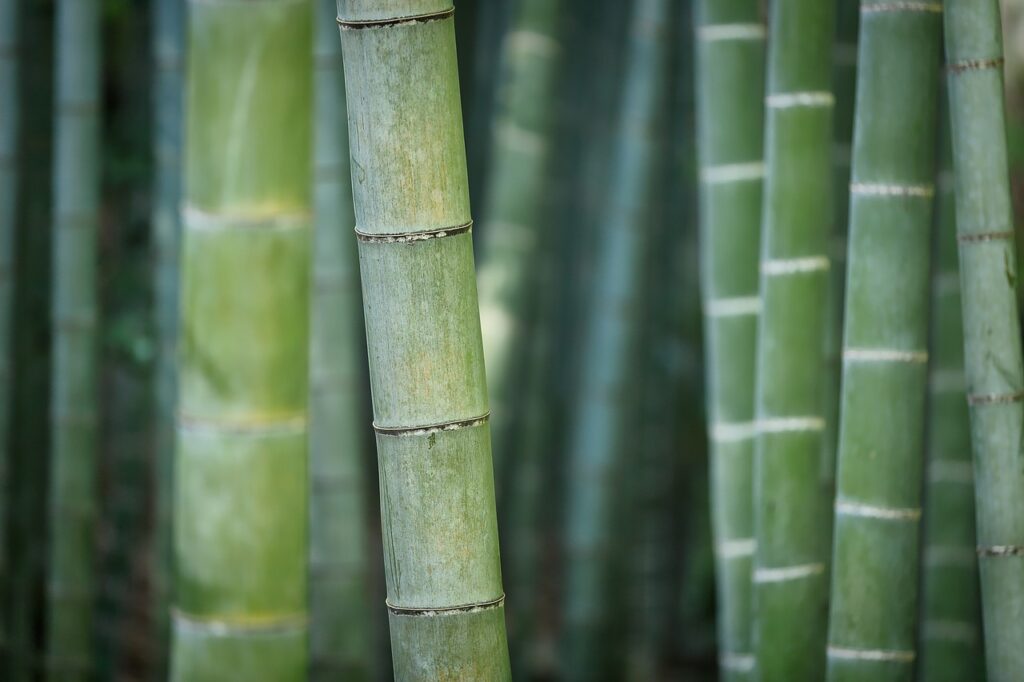
Plant fibers are found in different parts of plants and have various uses. The bast fibers from many plants in the Nettle family, Malvaceae family, Tiliaceae family, Sycamore family, Moraceae family, Phlox family, Celastraceae and thymelaeaceae family are well-developed and suitable for making high-quality cultural paper.
For example, the famous Chinese calligraphy and painting paper, Xuan paper, is primarily made from the phloem fibers of the sandalwood tree. Mulberry bark can be used to make wax paper, insulating paper, and vellum, while the fibers from the bark of Thymelaeaceae family can be used to produce iron crayon wax paper and typing wax paper.
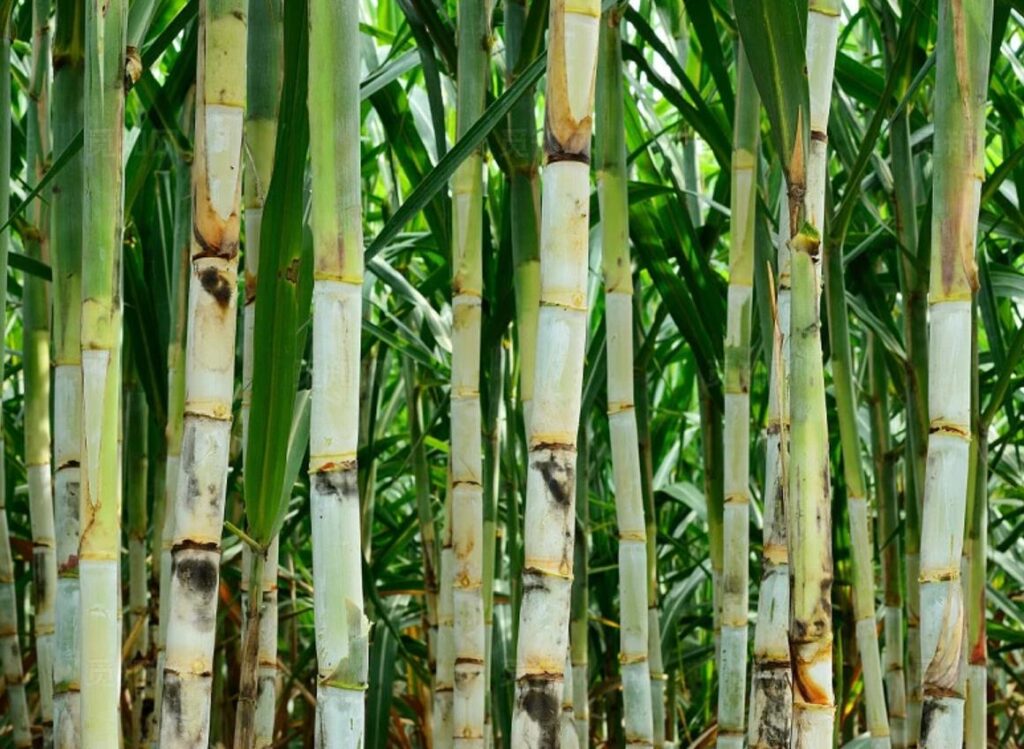
Paper pulp material:
China has a wide variety of paper pulp materials for papermaking plant fibers, with over 60 significant types. These include wood from soft woods such as spruce and red pine, and hard woods such as poplar and birch.
Bamboo is also a crucial pulp source, especially in southwest, central, and eastern China. Our company mainly supplies bleached and unbleached bamboo pulp.
Straw such as reed, rice straw, wheat straw, sorghum straw, and corn straw, is often used by many small paper mills.
Some use bagasse as paper pulp material, which is more popular in biodegradable packaging industry. We also supply bleached and unbleached sugarcane bagasse pulp.

